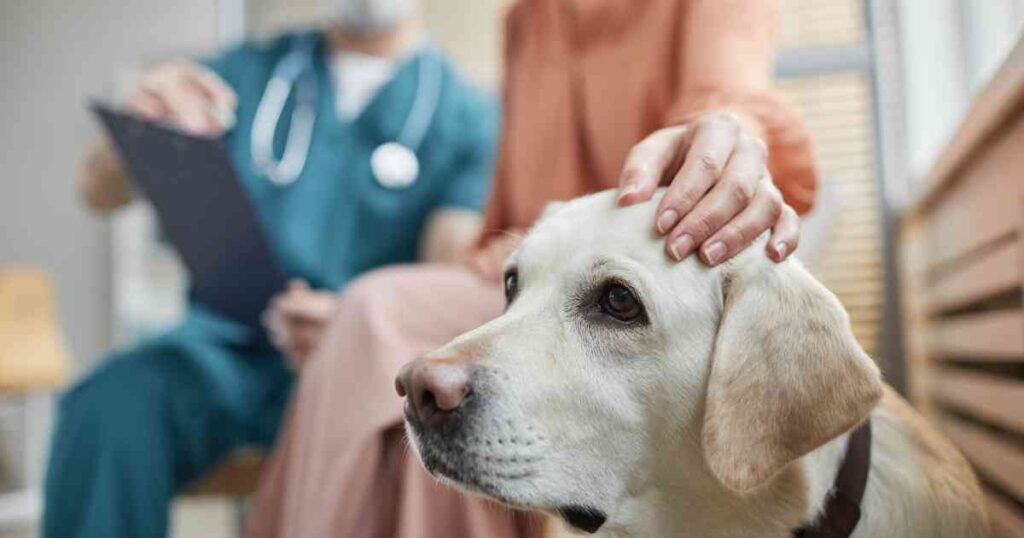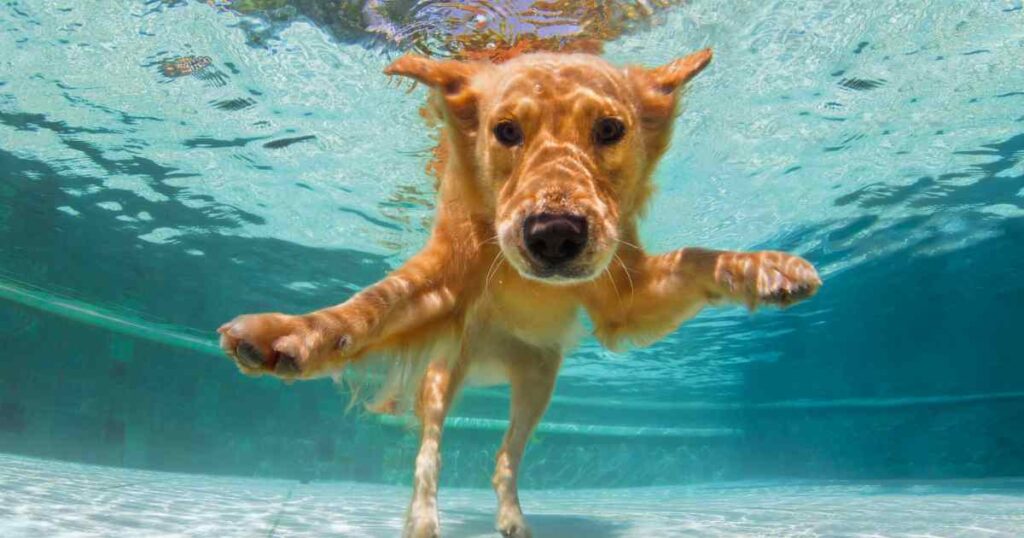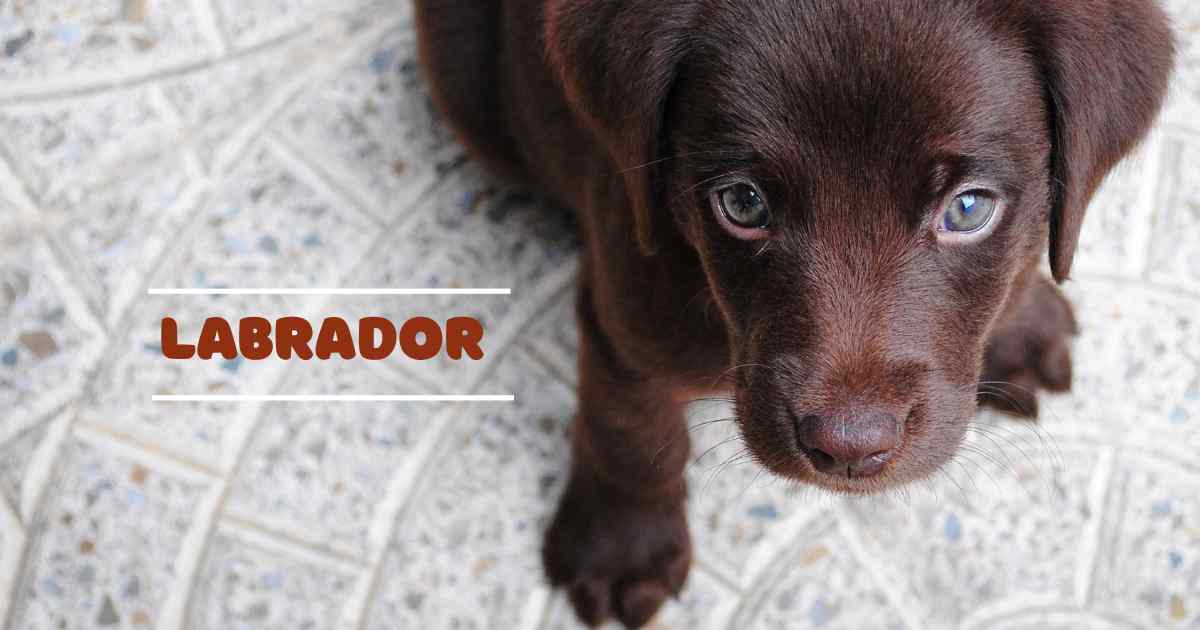If you’re in the market for a super friendly and fun-loving dog that can be the perfect addition to your family, you should totally think about getting a Labradorii Retriever. Labs, or Labsies if you want to get cute, are crazy popular all over the world, especially in the US. These pups are known for being smart, loyal, and versatile, and they’re totally obsessed with water and playing fetch.
What is Labradorii Retrievers
The Labradorii, often simply called the Labrador or Lab, is one of the most popular dog breeds in the world and has been for years. Originally bred to assist fishermen in Newfoundland by retrieving nets and catching fish, they have become indispensable working dogs and loving family companions. Let’s take a look at where Labradors come from, what they’re like, and why they make such excellent pets.
The History and Origins of Labradorii Retrievers
Labradorii Retrievers hail from Newfoundland, where they worked alongside local fishermen. Their job was to jump into the icy waters and help haul in nets, as well as retrieve fish that had gotten away. The breed’s athleticism, intelligence, and eager-to-please nature made them ideally suited for this job.
Some records indicate Labs may have been crossed with Newfoundlands at some point, contributing to their large size, broad head, and otter-like tail. The first Labradors were imported to England in the 1800s and were refined into the breed we know today. They soon became popular hunting companions for retrieving birds.
The Personality and Temperament
One of the main reasons they are so popular is their sweet, friendly, and eager-to-please personalities. They are highly intelligent dogs who bond very closely with their families. Labs are known for being playful, gentle, and patient, making them great companions for children.
Labs usually have an even-tempered, outgoing nature. They tend to be energetic and boisterous but are rarely aggressive. With early socialization and training, they excel at getting along well with people, children, and other animals. Their adaptive personalities make them wonderful service dogs.
The Appearance and Physical Traits
They are medium-to-large dogs, standing 21.5 to 24.5 inches tall at the shoulder and weighing 55 to 80 pounds. They have athletic, powerful bodies suited for swimming and retrieving. Labs have broad heads, medium-sized pendant ears, expressive eyes, and an otter-like tail.
The short, dense coat comes in three colours: yellow, black, and chocolate. Their weather-resistant coat and webbed feet are adaptations that helped them excel as water retrievers. Labs shed moderately year-round and more heavily as the seasons change.
Caring for a Labradorii Retriever
While fun-loving and people-oriented, Labrador Retrievers still require plenty of care and training to be their best. Here are some of the key things potential Lab owners need to know.
Exercise and Activity Needs
Labs are high-energy dogs bred to work and be active all day. They require at least 30-60 minutes of vigorous exercise daily, such as running, hiking, swimming, playing fetch, or engaging in a dog sport. Without enough activity, Labs are prone to destructive behavior and obesity.
Providing activities that engage their minds is just as important. Food puzzles, obedience training, and interactive toys will help keep your Lab mentally stimulated. Make sure your Lab gets plenty of off-leash exercise in a safe area.
Training and Socialization
His intelligence and eagerness to please make him highly trainable if training is started early and made consistent. Positive reinforcement and reward-based methods are ideal for labs.
Socializing your Lab extensively during puppyhood is crucial. Expose them gently to a wide variety of people, places, animals, and situations to build confidence. Labradorii can be exuberant jumpers, so teach polite manners from the start. Obedience training is a must for a well-behaved Lab.
Grooming Requirements
They have low-maintenance coats but do require some regular grooming. Brush your lab once or twice per week to remove dead hair and distribute skin oils. Bathe only when needed. Trim their nails every 2-3 weeks, or more often if needed.
Check and clean your Lab’s floppy ears weekly to prevent infections. Brush their teeth frequently with a vet-approved dog toothpaste. Providing enrichment toys and puzzles will help satisfy their urge to chew.
Common Health Issues
Labs are generally healthy dogs, but potential owners should be aware of some common health issues:

- Obesity – Don’t overfeed your Lab. Follow your vet’s feeding guidelines to prevent obesity-related conditions.
- Joint Dysplasia – Ensure proper nutrition and exercise to maintain joint health. Some Labs may require glucosamine supplements.
- Ear Infections – Clean ears weekly and watch for signs of infection, which Labs are prone to.
- Eye Issues – Labs can develop cataracts, retinal issues, or eyelid abnormalities. Have their eyes examined annually.
- Allergies – Both food and environmental allergies can be an issue. Look for itchiness and reactions.
Labradorii Retrievers as Pets
The Labrador Retriever has been the most registered breed with the American Kennel Club for years. Here’s a look at why they make such ideal companions.
Benefits of Owning a Labrador Retriever
Some of the many reasons Labrador Retrievers make wonderful pets include:
- Extremely friendly, affectionate, and loving towards families
- Gentle and patient with children
- Eager to please and highly trainable
- Excellent family watchdogs yet not aggressive
- Adaptable and easygoing personalities
- Fun-loving and playful nature
- A great way for families to bond and get some exercise.
Potential Challenges of Labrador Ownership
While Labradorii ownership can be very rewarding, potential owners should also consider:
- Lab puppies are extremely energetic and boisterous
- Requires significant exercise and mental stimulation
- Prone to chewing and destruction if bored
- Can be stubborn despite intelligence
- Shedding can be excessive
- It size and energy may be overwhelming for some owners
- Some health issues mentioned above
Providing proper exercise, training, attention, and healthcare can help mitigate the challenges of owning a Lab. Their needs may be too demanding for very inactive owners.
Finding and Selecting a Labradorii Retriever Puppy
It’s extremely important to buy a Lab puppy from a reputable breeder, not a retail pet store or questionable online seller. Ensure the breeder does all recommended health tests on their breeding dogs.
When selecting a specific puppy, look for signs of health, proper temperament, and good reactions to people and handling. Avoid timid or aggressive pups. Be prepared to wait – good breeders often have waiting lists. Adopting a Lab from a rescue is another great option.
Labrador Retrievers as Working Dogs
In addition to being loved by families, Labradorii Retrievers excel in various working roles today. Their intelligence and temperaments allow them to thrive as service dogs, hunting companions, and in dog sports.
Labradorii as Hunting Dogs
They originated as water retrieval dogs, and they continue to excel at hunting work today. Their keen noses, soft mouths, water-resistant coats, and willingness to work long hours in harsh conditions make them superb hunting companions and gun dogs.
Labs are especially prized by waterfowl hunters. They have an exceptional ability to mark downed birds, swim through icy waters, and retrieve games gently without damage. It remains one of the top dog breeds used for hunting worldwide.
Labradors as Service and Therapy Dogs
The Labrador’s gentle nature, trainability, and adaptability also make them well-suited for service and therapy work. Labs are commonly trained as guide dogs for the blind, hearing dogs for the deaf, seizure alert and response dogs, and more.
Their calm, friendly demeanor also allows Labradorii to excel as therapy dogs in hospitals, schools, nursing homes, and other facilities. They provide comfort, affection, and emotional support to patients, students, and residents in need.
Labradors in Dog Sports and Competitions
Driven Labs interested in dog sports can excel at various canine competitions and events. Their high energy and desire to work make them great at field trials, agility courses, dock diving, and flyball competitions.

Obedience and rally trials are other areas where Labs dominate thanks to their people-pleasing attitudes, trainability, and athleticism. Labrador Retrievers have brought home hundreds of ribbons and titles from dog sporting events over the years.
Notable Labrador Retrievers Throughout History
They have made significant impacts not just as loving pets but also through their contributions to society, science, causes, and pop culture.
Famous Labradorii Dogs in Pop Culture
Some of the most famous and beloved characters in books, movies, and TV include:
- Marley from Marley and Me
- Shadow from Homeward Bound
- Rowdy on Scrubs
- Vincent the dog from Lost
- Santa’s Little Helper on The Simpsons
- Buck from Call of the Wild
- Old Dan and Little Ann from Where the Red Fern Grows
Labs are truly the everyman’s dog breed when it comes to pop culture. Their lovable nature makes them a natural fit for books, shows, and movies.
Celebrity Labrador Owners Through the Years
Being such a popular breed, many celebrities, politicians, and public figures have had Labrador Retrievers as pets, including:
- U.S. Presidents Bill Clinton and Barack Obama
- Singer Harry Connick Jr.
- Comedian Drew Carey
- Actor Ben Affleck
- Tennis star Serena Williams
- TV host Ellen Degeneres
- Musician Gavin Rossdale
Queen Elizabeth II of England also famously loved Labrador Retrievers as pets throughout her life.
Who Made Scientific and Historic Contributions
A few fascinating Labradorii have played key roles in historic events and scientific endeavors, including:
- Endal – the service dog of disabled veteran Allen Parton who saved his owner’s life multiple times. Endal was named the world’s most decorated dog.
- Lucky and Flo – the first two dogs trained as guides for the blind who were crucial in pioneering guide dog work in the U.S.
- Dog of Discovery – at Antarctica’s South Pole Station, whose favorite anecdote helped psychologists understand cognitive dissonance theory.
It has also contributed to cancer research, epilepsy studies, and breakthroughs in veterinary medicine. They are an exceptionally versatile and heroic breed!
Read more: Ultimate Guide To Solving Try Hard Wordle Puzzles In 6 TriesConclusion
From their early days helping Newfoundland fishermen to their ubiquity as family pets and continued excellence as working dogs, it’s clear why the loyal and lovable Labradorii Retriever has become synonymous with dogs in general. Their laidback personality combined with athleticism, intelligence, and adaptability has made them perfectly suited for virtually any role – from pet to hunter to guide dog and more. With proper care, exercise, training, and affection, a Lab can make for an unparalleled companion for individuals, couples, and families alike. If their ideal blend of fun, friendly temperament, and versatile abilities appeals to you, then opening your heart and home to a Labrador Retriever is likely to bring you years of joy and memories.
